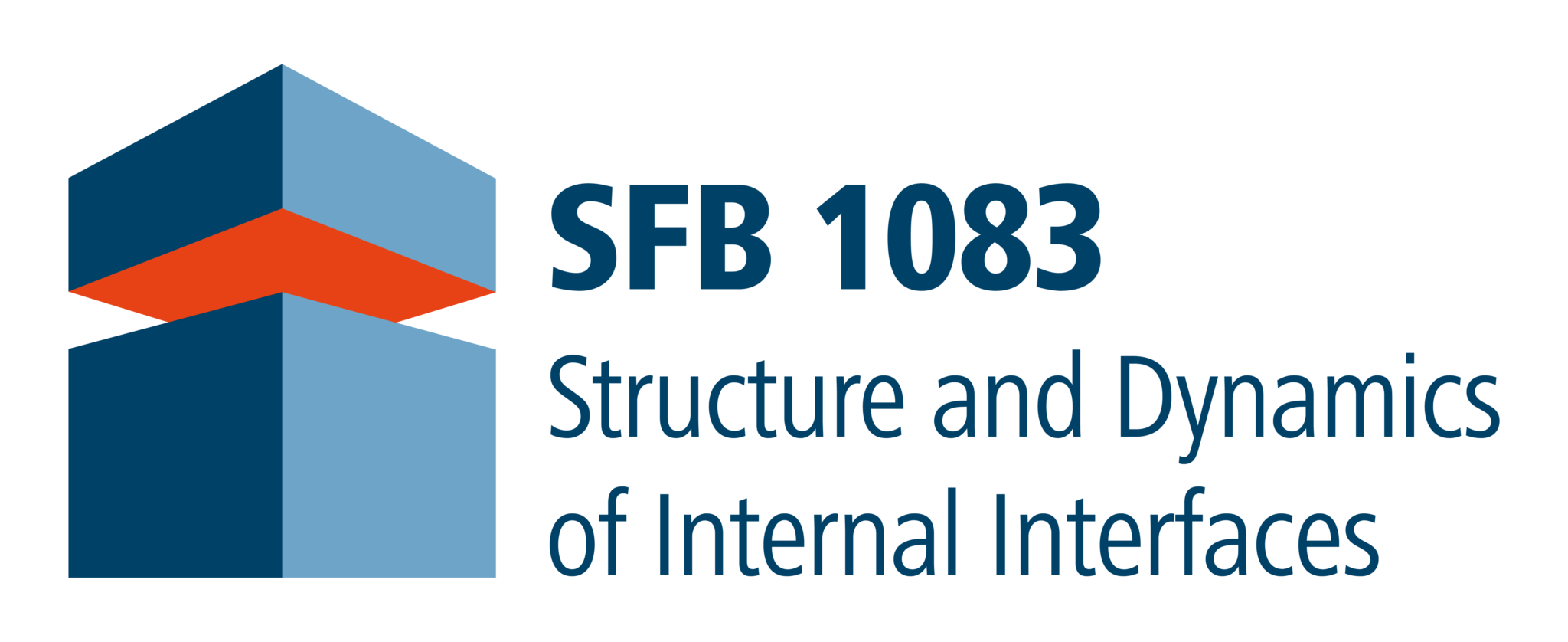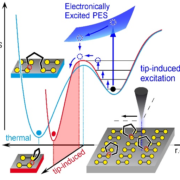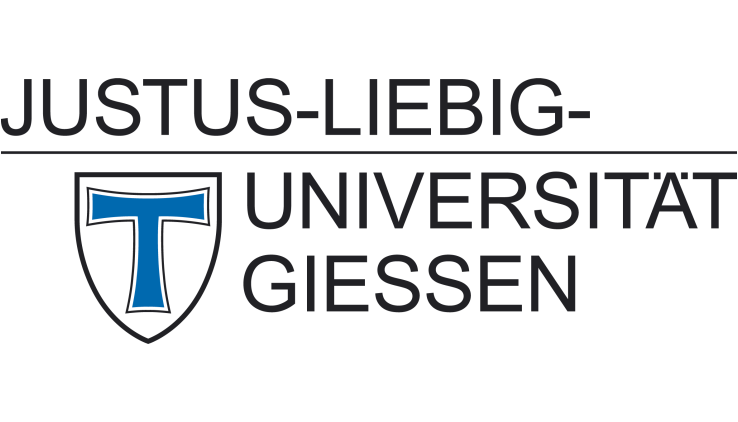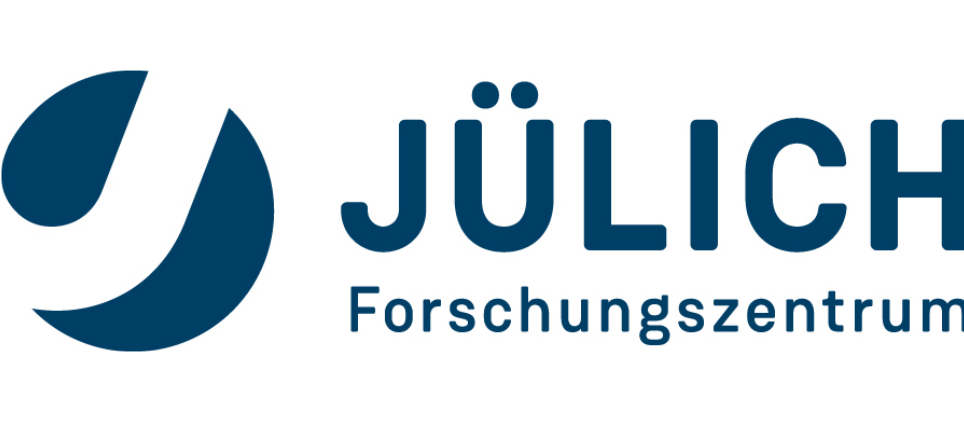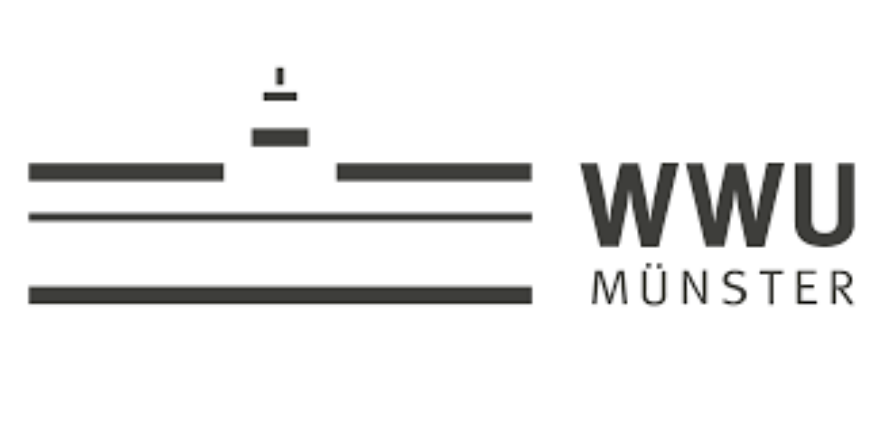New ways of controlling and analyzing organic reactions on silicon surfaces – Publications by A8 (Koert/Dürr) & B5 (Höfer/Mette) and A6 (Tonner)
In a joint effort, the groups of SFB-projects A8 and B5 used scanning tunneling microscopy for controlling the final products of a textbook-type reaction of organic molecules on silicon surfaces. A detailed understanding of the driving forces of these reactions are obtained by means of energy decomposition analysis as developed in SFB-project A6.
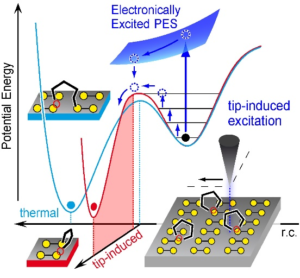
The isomers naphthalene (left) and azulene (right) bind very differently to a copper surface: While naphthalene forms a weak bond (physisorption), azulene engages in a strong chemical bond with substantial charge transfer (chemisorption).
Ether cleavage on silicon is the surface analogue of an SN2 reaction; SN2 reactions represent the textbook example for how to control solution-based chemical reactions by means of steric hinderance or the choice of solvent. In an STM study published in Angewandte Chemie, the team around Gerson Mette and Michael Dürr has now shown that tip-induced ether cleavage on Si(001) leads to additional final products which are not obtained by thermal activation. Moreover, different final products can be selectively addressed by different excitation channels, either direct excitation by electron transfer or multiple excitation of vibrational modes. As the two channels can be selectively addressed by the tunneling bias, a new way of reaction control was achieved.
In parallel, the advances in the theoretical description of these systems are illustrated in a review article by Lisa Pecher and Ralf Tonner. Within the framework of density functional theory, the chemists of A8 successfully applied energy decomposition analysis to extended systems in order to derive bonding concepts for molecules on surfaces. This allows to interpret experimental results and predict new reaction schemes.
Publications
G. Mette, A. Adamkiewicz, M. Reutzel, U. Koert, M. Dürr, and U. Höfer,
Controlling an SN2 reaction by electronic and vibrational excitation ‐ tip‐induced ether cleavage on Si(001)
Angew. Chemie Int. Ed. 58/11 (2019) 3417-3420 DOI: 10.1002/anie.201806777
L. Pecher and R. Tonner,
Deriving bonding concepts for molecules, surfaces, and solids with energy decomposition analysis for extended systems
WIREs Comput. Mol. Sci. (2018) (21pp) DOI:10.1002/wcms.1401
See also joint press release by the universities of Gießen and Marburg under the auspices of the Forschungscampus Mittelhessen ( in German).
Contact
Prof. Dr. Michael Dürr
Justus-Liebig-Universität Gießen
SFB 1083 project A8
Tel.: 0641 993490
EMAIL
